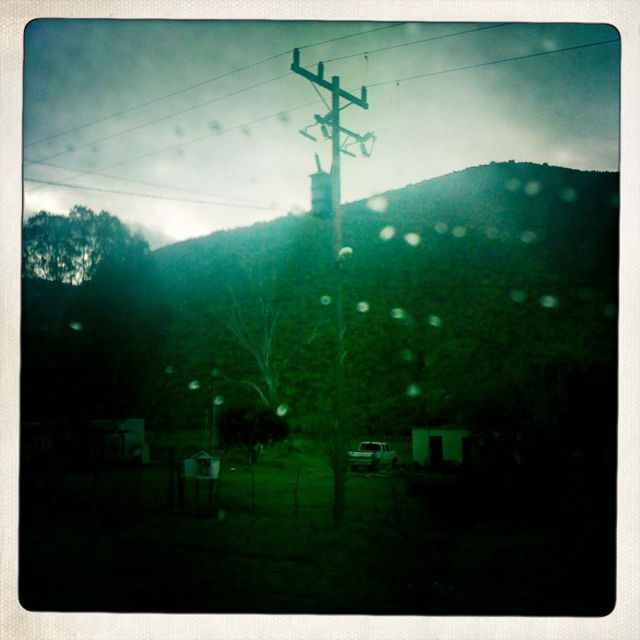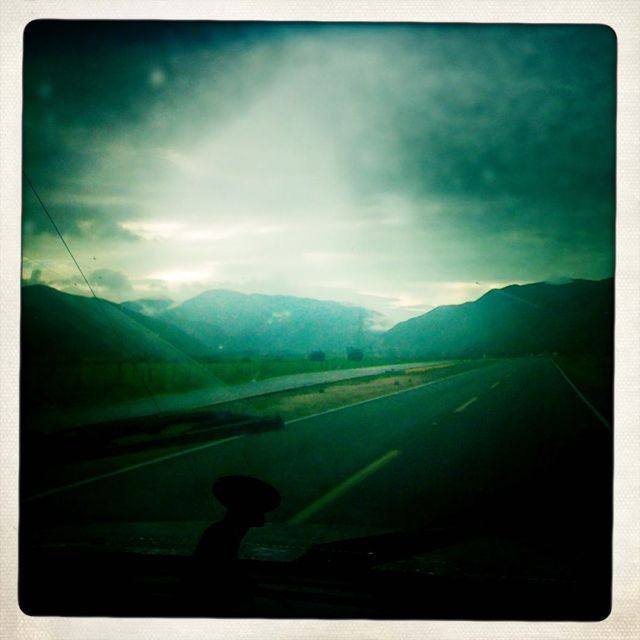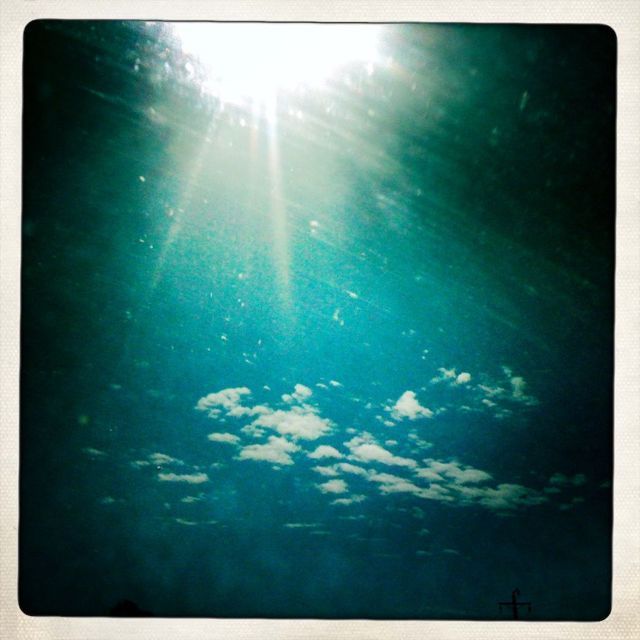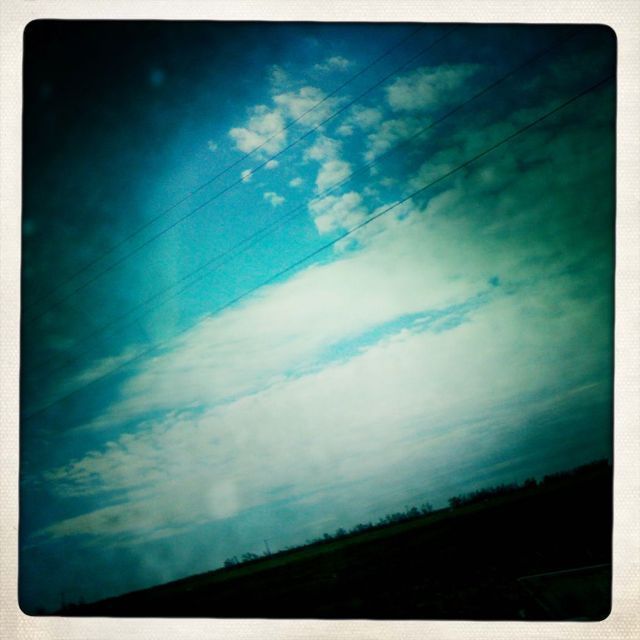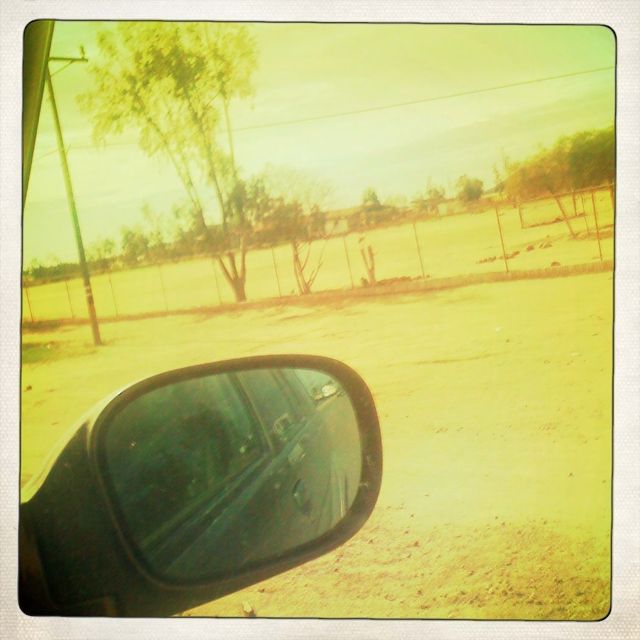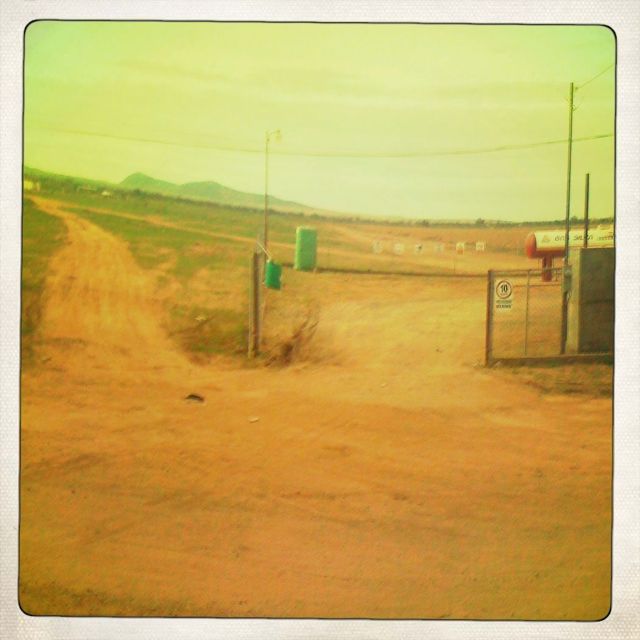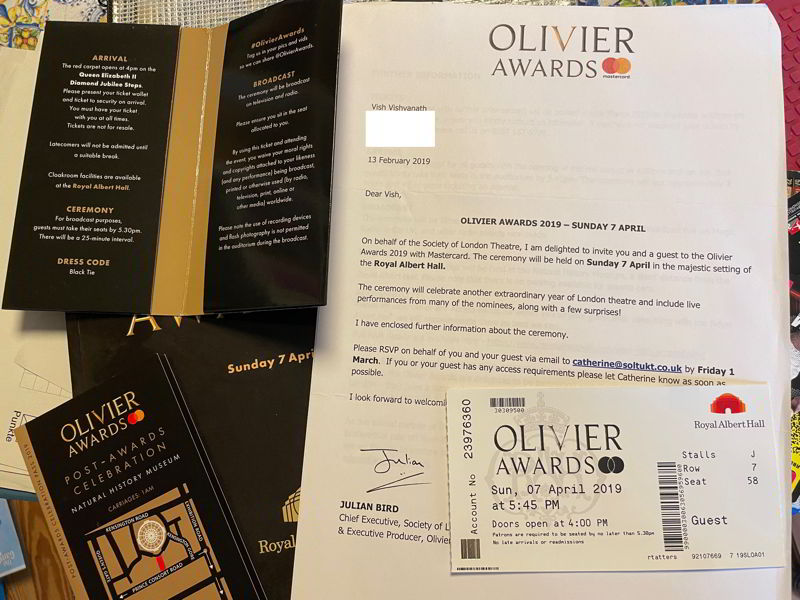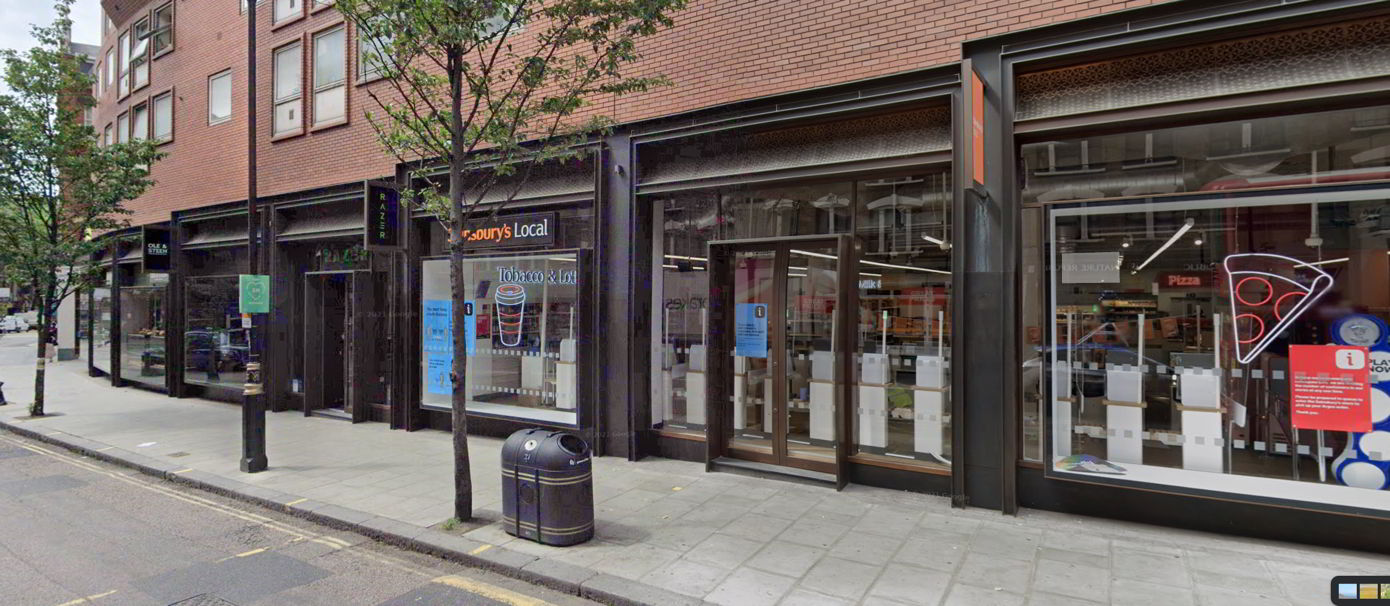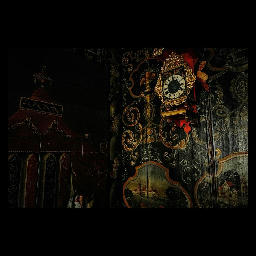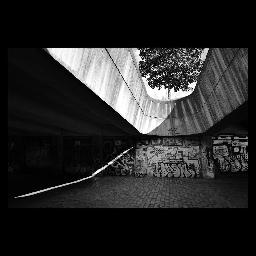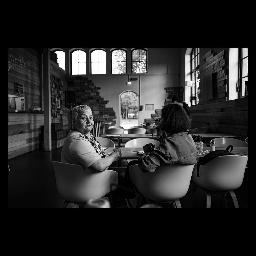Rain is always a mild surprise, except in England, but the weather here is pretty unstable. From hot and sunny to cool and rainy. Obviously, that’s the nature of the climate, more so these days as we pump more energy into the system. Rain and clouds are useful in light control, though. Water vapour disperses light and softens it up, lowering the constrast and making it easier to see overall. You can replace the missing constrast, if you think of it that way, later on. Back in the days of b+w processing, I (and many others) would underexpose and underdevelop film - give it a lower speed rating. This gave lower constrast, and a flatter negative, but it could increase the dynamic range substantially. The late Barry Thornton argued that many films had been overrated by their manufacturer, one example being the classic Tri-X, nominally rated at 400, but when tested by Thornton to find its ‘true’ speed, came back at 160. He was in good company: Ansel Adams apparently came to the same conclusion. One other trick for controlling dynamic range was to pre-flash the film or paper. This was to sensitize the material to just before an image would appear, enabling the printer to hold the highlights much better. Essentially, you’d double-expose the film through a translucent filter at about three stops under - I think - to sensitize the film before the main exposure a stop under. I’d have to check the figures. Anyway, it’s still raining on this twisty road up through the hills of Baja.
Over the mountains, it’s five degrees warmer and clouds are thin, remote and interesting features. I slept through most of the last stretch, woke up to Bowie at a petrol stop, and reached to redirect some air vents my way: hello sunshine. The sun can make things look flat in its own way, mostly during the middle of the way, when its power overrides and evens everything out: uniform shadows, straight light, and no depth. We’re never happy, photographers. Too hot, too cold, too dark, too bright…
Archives
- October 20242
- September 20246
- August 20247
- July 20242
- June 20246
- May 20243
- February 20241
- January 20241
- December 20232
- November 20236
- October 202314
- September 202320
- August 202320
- July 20233
- June 20239
- May 202318
- April 20232
- February 20232
- January 20231
- December 20226
- November 20224
- October 20227
- September 20222
- August 20222
- July 20223
- June 20222
- May 202210
- April 20224
- March 20227
- December 20215
- November 20213
- October 20216
- September 20214
- August 20214
- July 20215
- June 20218
- May 20212
- April 20219
- March 202122
- February 20219
- January 202113
- December 20207
- November 202018
- October 202016
- September 20207
- August 20207
- July 202021
- June 20209
- May 202016
- April 20204
- March 20204
- February 202013
- January 202019
- December 201930
- November 201934
- October 201928
- September 201921
- August 20197
- July 201916
- June 201913
- May 201917
- April 201920
- March 201914
- February 201931
- January 201924
- December 201831
- November 201839
- October 201822
- September 201828
- August 201824
- July 201830
- June 201833
- May 201840
- April 201845
- March 201813
- February 20185
- January 201813
- December 201728
- November 201717
- October 201727
- September 201733
- August 201723
- July 201722
- June 201736
- May 201734
- April 201743
- March 201729
- February 201713
- January 201714
- December 201652
- November 201613
- October 201618
- September 201612
- August 201646
- July 201624
- June 201630
- May 201648
- April 201656
- March 201645
- February 201616
- January 201626
- December 201531
- November 201536
- October 201530
- September 201532
- August 201588
- July 201560
- June 201513
- May 201517
- April 20155
- March 20157
- February 20151
- January 20157
- December 201418
- November 20144
- October 20146
- September 20144
- August 20145
- June 201410
- May 20147
- April 20147
- October 20113
- September 20113
- August 20102
- July 20109
- June 20105
- May 20101
- March 20107
- February 201029
- January 20103
- November 20097
- October 20091
- May 200915
- April 20095
- March 20092
- February 20091
- May 19921
Archives
- October 20242
- September 20246
- August 20247
- July 20242
- June 20246
- May 20243
- February 20241
- January 20241
- December 20232
- November 20236
- October 202314
- September 202320
- August 202320
- July 20233
- June 20239
- May 202318
- April 20232
- February 20232
- January 20231
- December 20226
- November 20224
- October 20227
- September 20222
- August 20222
- July 20223
- June 20222
- May 202210
- April 20224
- March 20227
- December 20215
- November 20213
- October 20216
- September 20214
- August 20214
- July 20215
- June 20218
- May 20212
- April 20219
- March 202122
- February 20219
- January 202113
- December 20207
- November 202018
- October 202016
- September 20207
- August 20207
- July 202021
- June 20209
- May 202016
- April 20204
- March 20204
- February 202013
- January 202019
- December 201930
- November 201934
- October 201928
- September 201921
- August 20197
- July 201916
- June 201913
- May 201917
- April 201920
- March 201914
- February 201931
- January 201924
- December 201831
- November 201839
- October 201822
- September 201828
- August 201824
- July 201830
- June 201833
- May 201840
- April 201845
- March 201813
- February 20185
- January 201813
- December 201728
- November 201717
- October 201727
- September 201733
- August 201723
- July 201722
- June 201736
- May 201734
- April 201743
- March 201729
- February 201713
- January 201714
- December 201652
- November 201613
- October 201618
- September 201612
- August 201646
- July 201624
- June 201630
- May 201648
- April 201656
- March 201645
- February 201616
- January 201626
- December 201531
- November 201536
- October 201530
- September 201532
- August 201588
- July 201560
- June 201513
- May 201517
- April 20155
- March 20157
- February 20151
- January 20157
- December 201418
- November 20144
- October 20146
- September 20144
- August 20145
- June 201410
- May 20147
- April 20147
- October 20113
- September 20113
- August 20102
- July 20109
- June 20105
- May 20101
- March 20107
- February 201029
- January 20103
- November 20097
- October 20091
- May 200915
- April 20095
- March 20092
- February 20091
- May 19921
